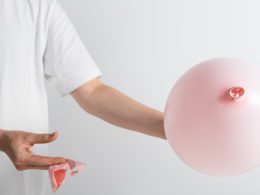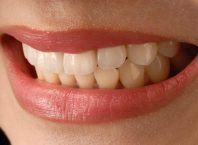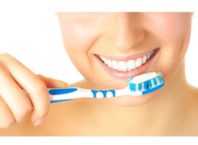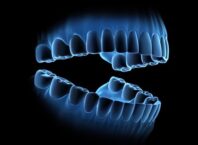Table of Contents
A cracked tooth happens for a host of reasons; it could be from chewing on tough or hard food items, grinding one’s teeth during the night or even naturally occurring with age. It is a widespread condition which is the number one tooth loss cause in developed countries.
Causes and Types of Cracked Tooth
A cracked tooth can occur as a result of numerous issues such as; biting or chewing hard food items like candy, nuts, and ice, pressure from grinding teeth, blows to the jaw or mouth during an accident, fall, sporting injury or fistfight. It could also occur from sudden temperature changes in the mouth. If you, for example, drink something cool after putting something very hot in your mouth. Another cause is naturally aging, as the majority of teeth cracks occur in individuals 50 years and older.
Cracks in the tooth can have a variety of appearances and shapes:
Fractured Cusp: it usually happens near a dental filling. Most of the time, it does not affect the tooth’s pulp, which means it is not typically painful.
Craze lines are superfine enamel cracks which neither cause pain nor require treatment. That being said, if the crack ends at the gum line, the tooth might have to get extracted.
Split tooth: is a tooth that has a crack which ends beneath the gum line and begins at the surface of the tooth. Split teeth are usually separated into different segments and often a lost cause; however, a portion of it might be saved.
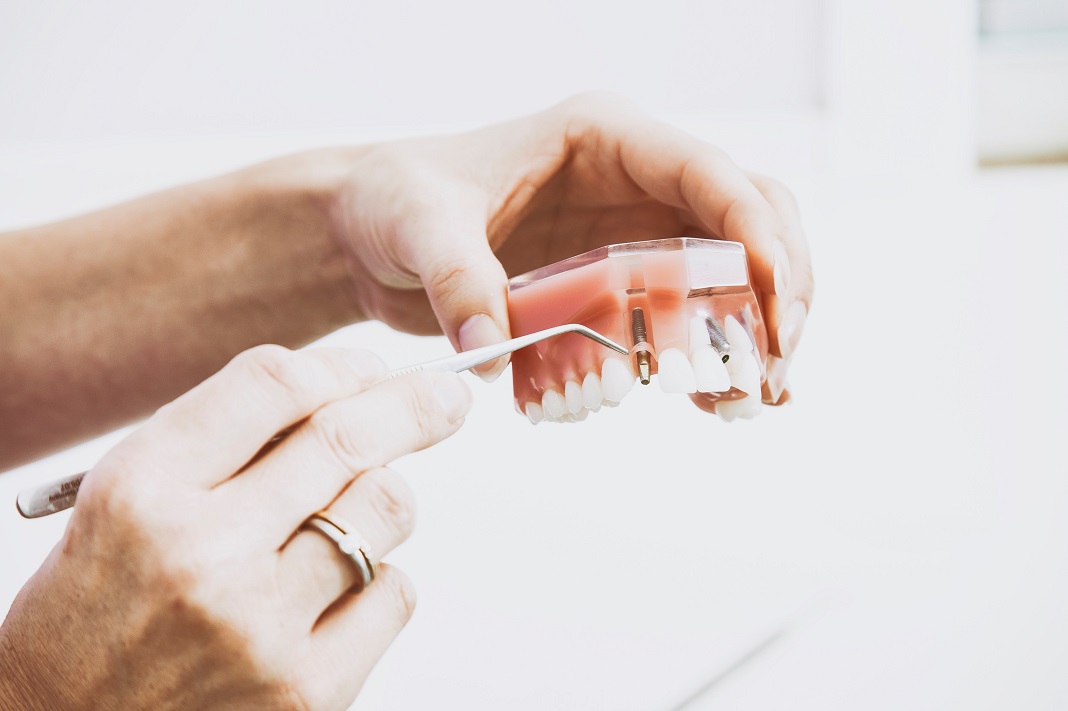
Treating a Cracked Tooth
Treatment largely depends on the crack’s size, its location, symptoms experienced and if the crack is one that goes all the way to the gum line. These factors are to be taken into consideration when you find a dentist to treat your cracked tooth. The following are some of the treatments used:
Bonding: this is a procedure where a dentist employs the use of a resin made from plastic to fill in the crack, returning its function and look
Crown: this procedure includes a dental prosthetic typically made from ceramic or porcelain. It is used to fit over the injured tooth. For the crown to be fitted, the dentist has to shave a certain amount of enamel off the tooth, which then makes space for the crown. An impression of the damaged tooth is made, and a color which closely matches the teeth is chosen.
Once the crown is made, the dentist fits then cements over the cracked tooth. Thanks to innovations in dental technology, there are ways for certain dentists to make a fitted crown and have it fitted that very same day. If the crown is properly taken care of, it can last for a lifetime.
Root Canal: if the dentist notices that a crack is extremely extensive to the point where it ends in the pulp, an endodontist or oral surgeon might recommend having a root canal which removes the destroyed pulp and adds a bit of robustness to the tooth. When this procedure is carried out, it can stop further degradation of the tooth or it becoming infected.
Extraction: Once the tooth’s structure, its roots and the nerves which are beneath become damaged, extracting the tooth becomes the only solution.
No treatment: Numerous people have small, hairline cracks located in their teeth’s enamel. These sort of cracks neither produce pain nor affect appearance, so a dentist might advise not doing anything to them.
Prevention
Only dentists can treat a cracked tooth; if you do have one, it is best to find a dentist to consult. However, there are things you can do to prevent getting a cracked tooth.
Teeth that are strong have a harder chance of being cracked, which is why it is best to practice proper oral hygiene. It is advisable to brush two times a day, floss every single day and consult a dentist once every six months.
Try not to chew on hard food items. It is best to make use of a mouth guard when taking part in contact sports. A mouth guard should be used if you likely grind your teeth while you sleep.
In the end, good oral hygiene, using a mouth guard, avoiding hard food items are sure to help prevent the occurrence of a cracked tooth. However, if a cracked tooth does occur, it is best to find a dentist to help find out your next course of action.




